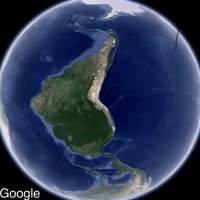
dusty
@dustywaynejr
#VFX Artist / Asking questions about Planetary Collision Dynamics & Scale Invariance in CFD sims that help find Comet💫impact plasma-craters on Earth.
ID: 864421016092557312
https://hubertcarroll.academia.edu/research 16-05-2017 10:03:25
35,35K Tweet
1,1K Followers
4,4K Following






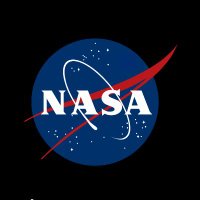










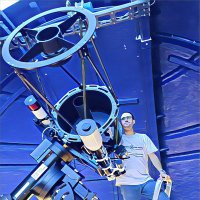
El cometa interestelar 3I/Atlas, observat aquesta passada nit des de l'Observatori de Pujalt. Ubicat a gairebé 400 milions de km, es pot observar ben bé la coma del cometa. L’observació s’emmarca dins el conveni de col·laboració amb l’IEEC, dirigit pel Prof. Josep M. Trigo de l’ICE-CSIC.
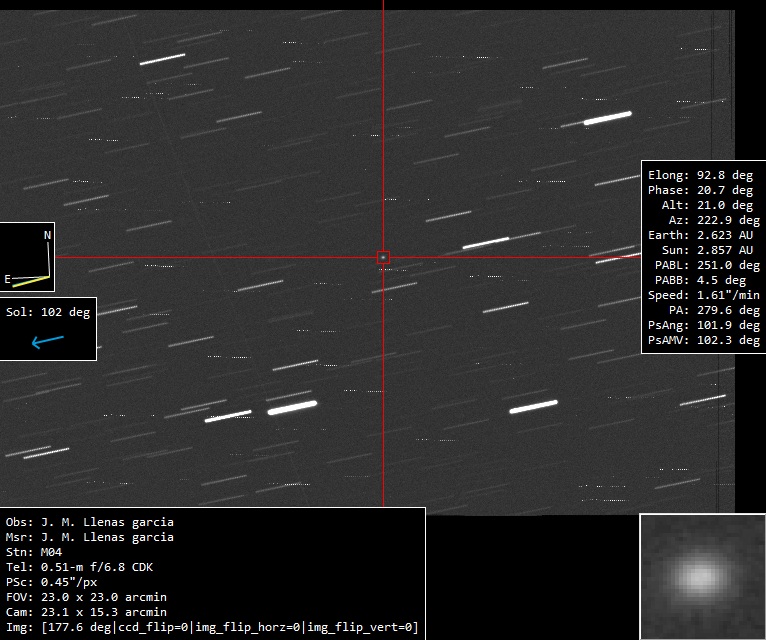


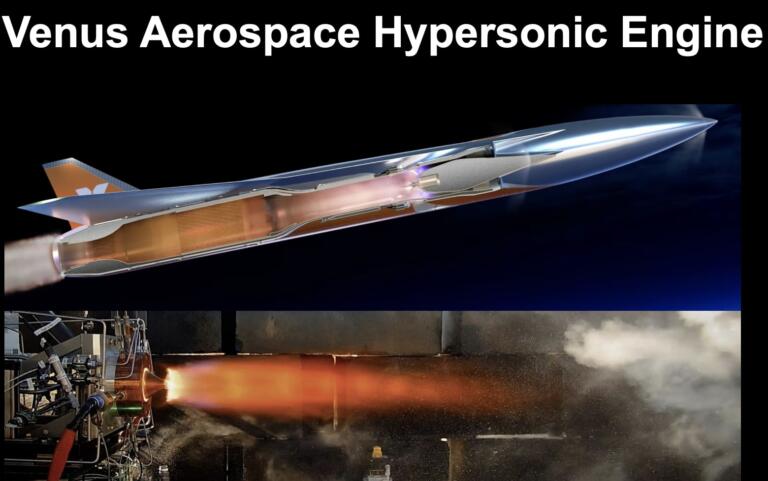
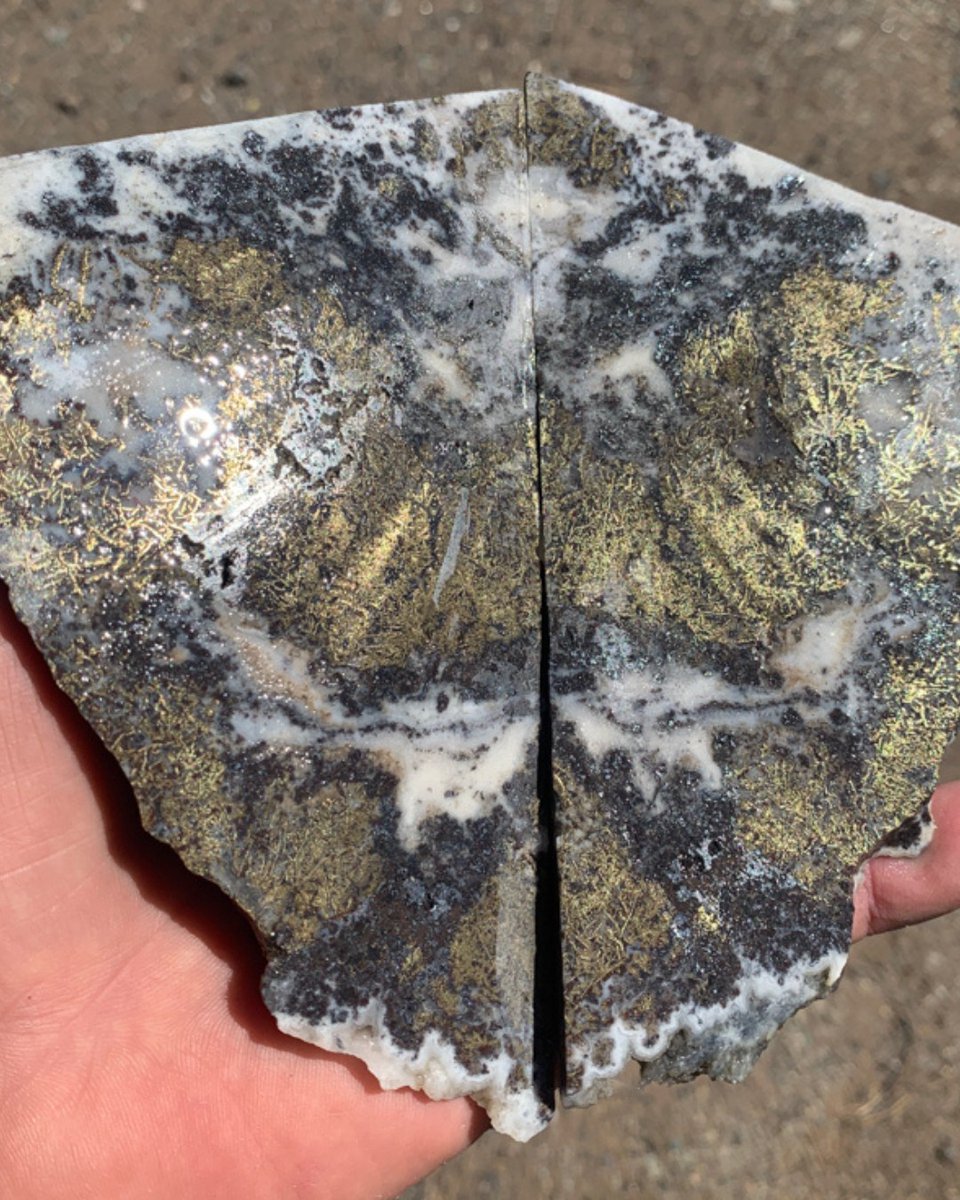




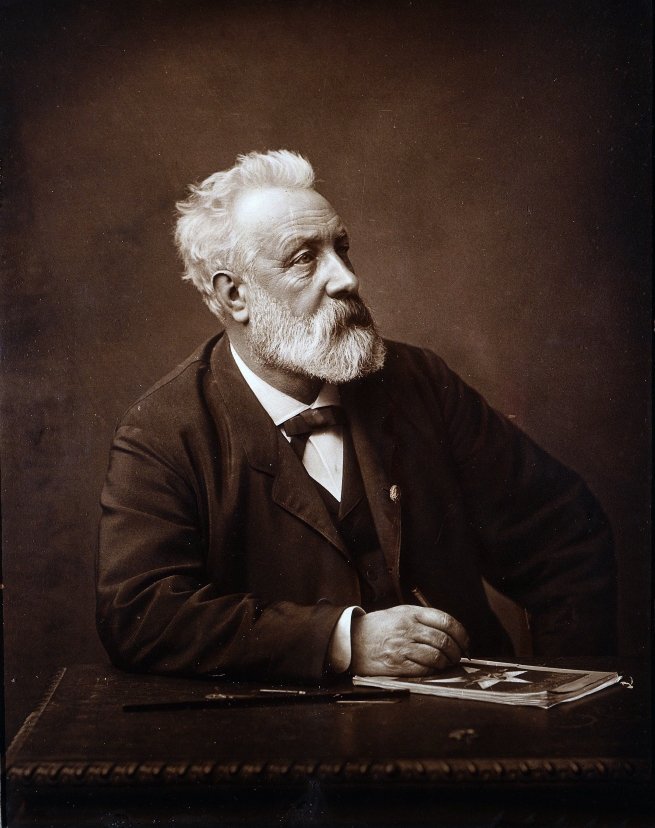

![🇺🇦Taras Prystavski🇺🇦 (@prystavski) on Twitter photo Jupiter-family comet 47P/Ashbrook-Jackson. 84 days before perihelion.
Comet 47P/Ashbrook-Jackson
2025 Aug. 04.78 UT m1=16.1 (m2=17.0) Dia.=0.4' Tail=5.6' in PA 241 deg...[T59] 0.51-m f/6.8 Corrected Dall-Kirkham Astrograph + CCD... T. Prystavski... (iTelescope observatory, Q62 Jupiter-family comet 47P/Ashbrook-Jackson. 84 days before perihelion.
Comet 47P/Ashbrook-Jackson
2025 Aug. 04.78 UT m1=16.1 (m2=17.0) Dia.=0.4' Tail=5.6' in PA 241 deg...[T59] 0.51-m f/6.8 Corrected Dall-Kirkham Astrograph + CCD... T. Prystavski... (iTelescope observatory, Q62](https://pbs.twimg.com/media/Gy0EXNgWIAA1Nli.jpg)
![🇺🇦Taras Prystavski🇺🇦 (@prystavski) on Twitter photo Interstellar comet is brightening and has developed a very short dust tail. However, its nuclear magnitude remains unchanged from four days ago (m2=16.2).
Comet 3I/ATLAS
2025 Aug. 21.43 UT m1=15.2 (m2=16.2) Dia.=0.3' Tail=0.3' in PA 129 deg ... [T33] 0.3-m f/9 reflector + Interstellar comet is brightening and has developed a very short dust tail. However, its nuclear magnitude remains unchanged from four days ago (m2=16.2).
Comet 3I/ATLAS
2025 Aug. 21.43 UT m1=15.2 (m2=16.2) Dia.=0.3' Tail=0.3' in PA 129 deg ... [T33] 0.3-m f/9 reflector +](https://pbs.twimg.com/media/Gy5X1tNX0AAVUKQ.jpg)
